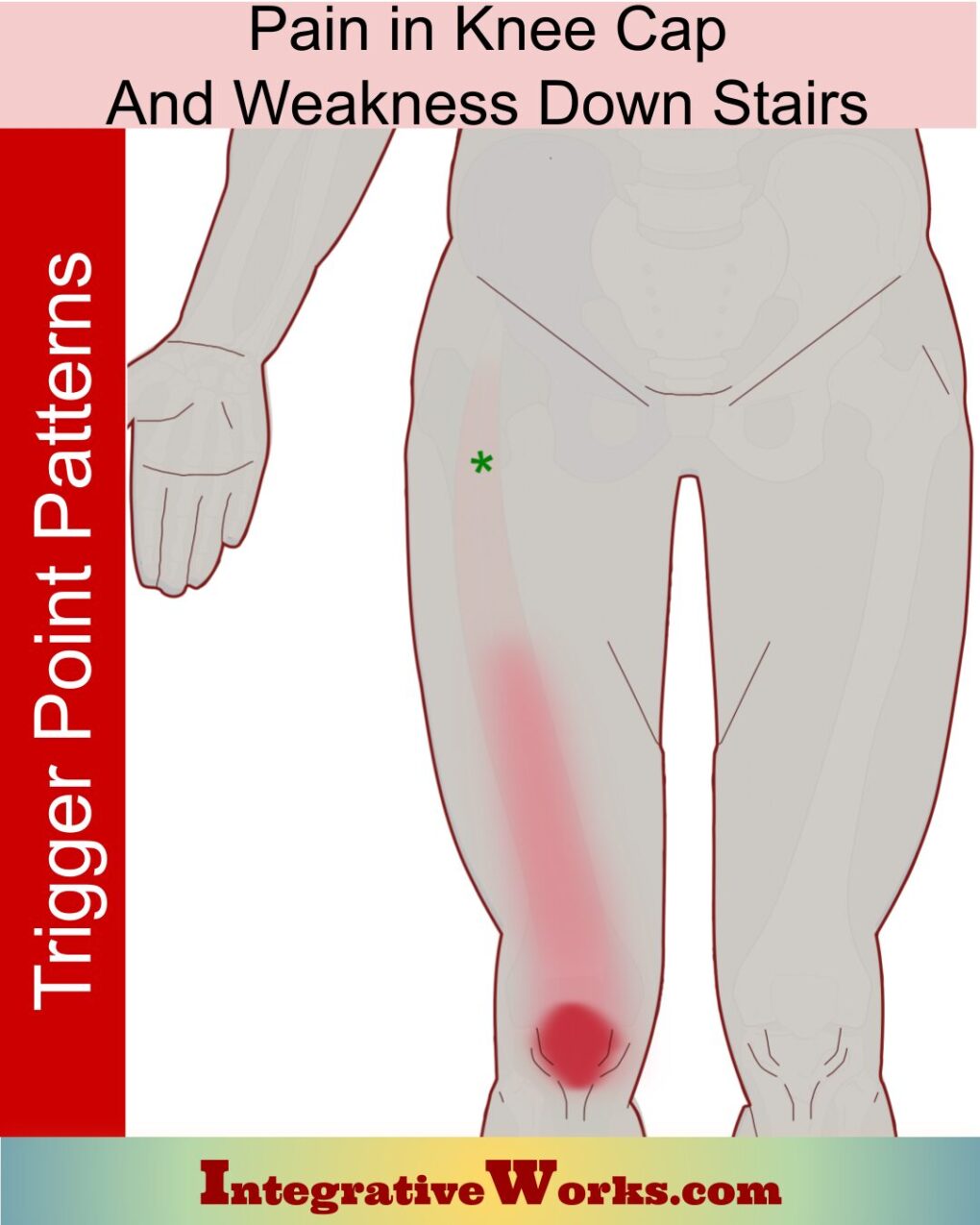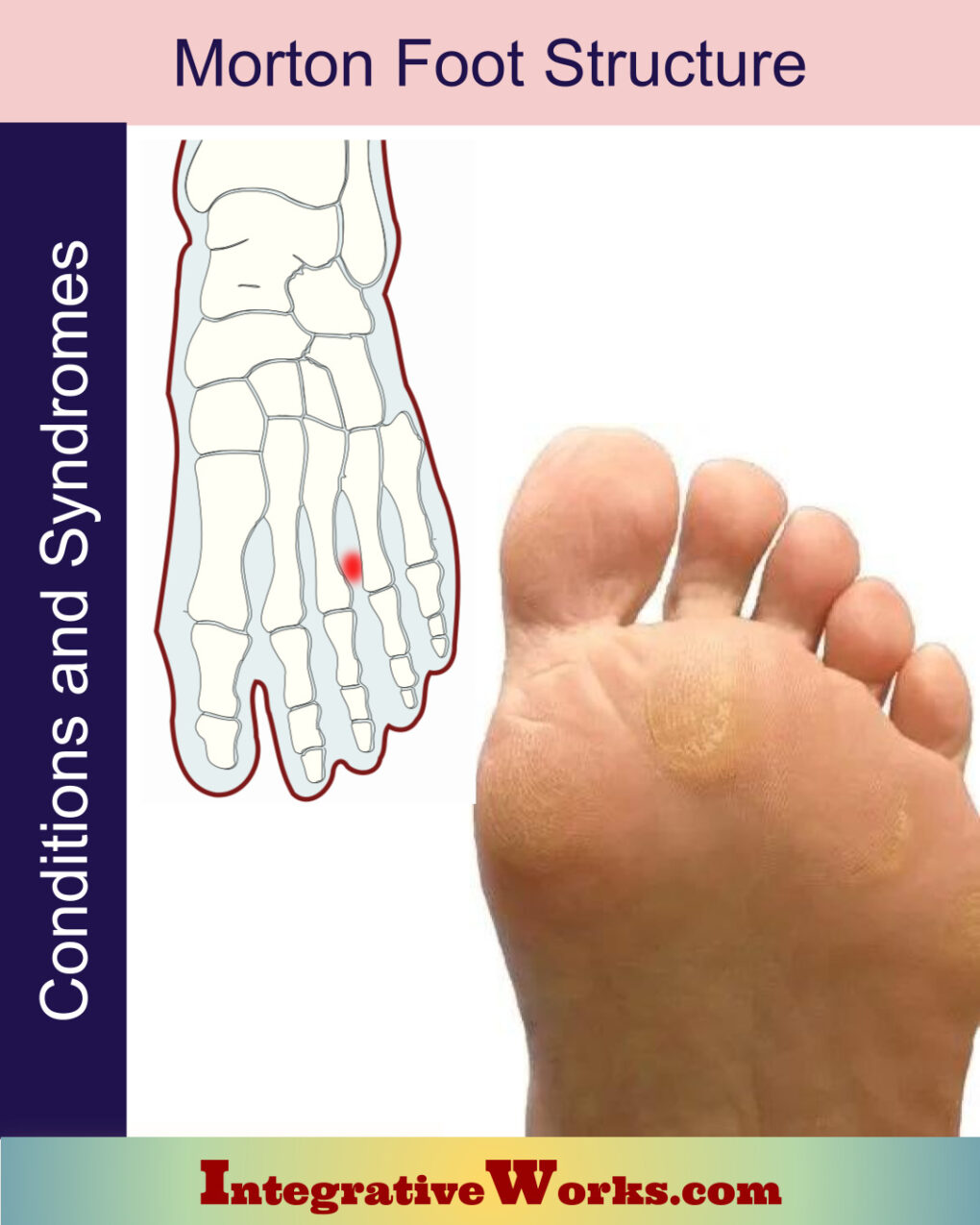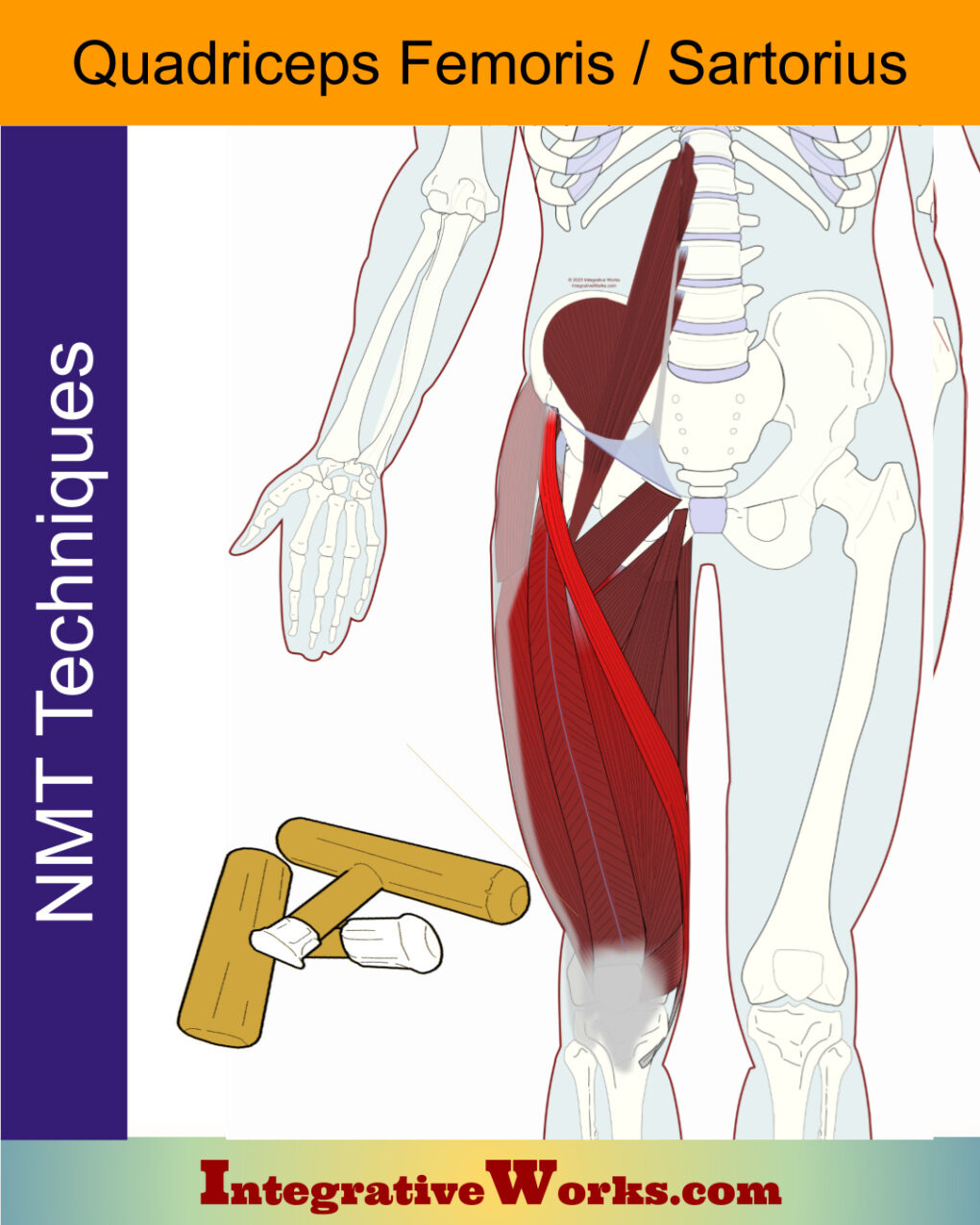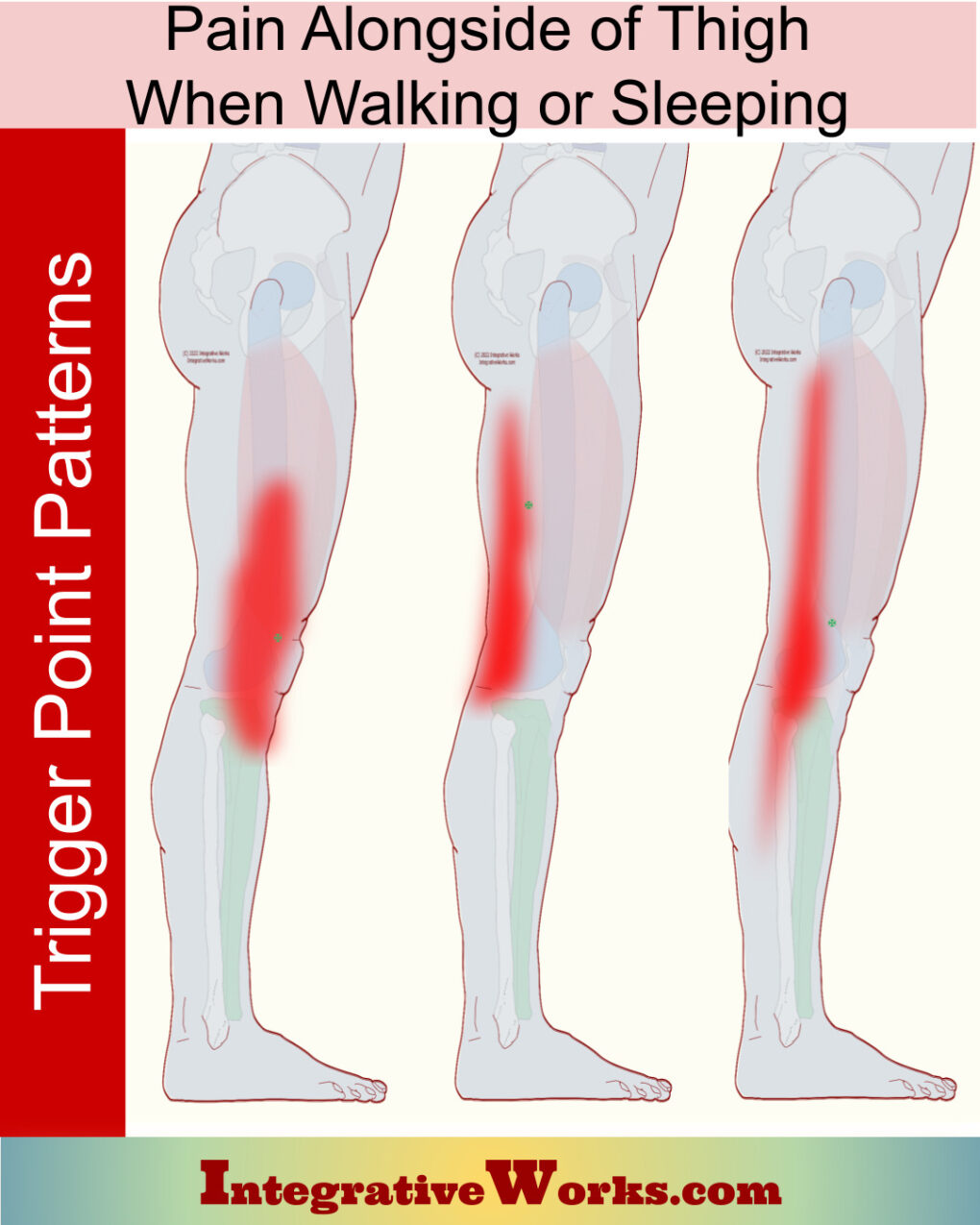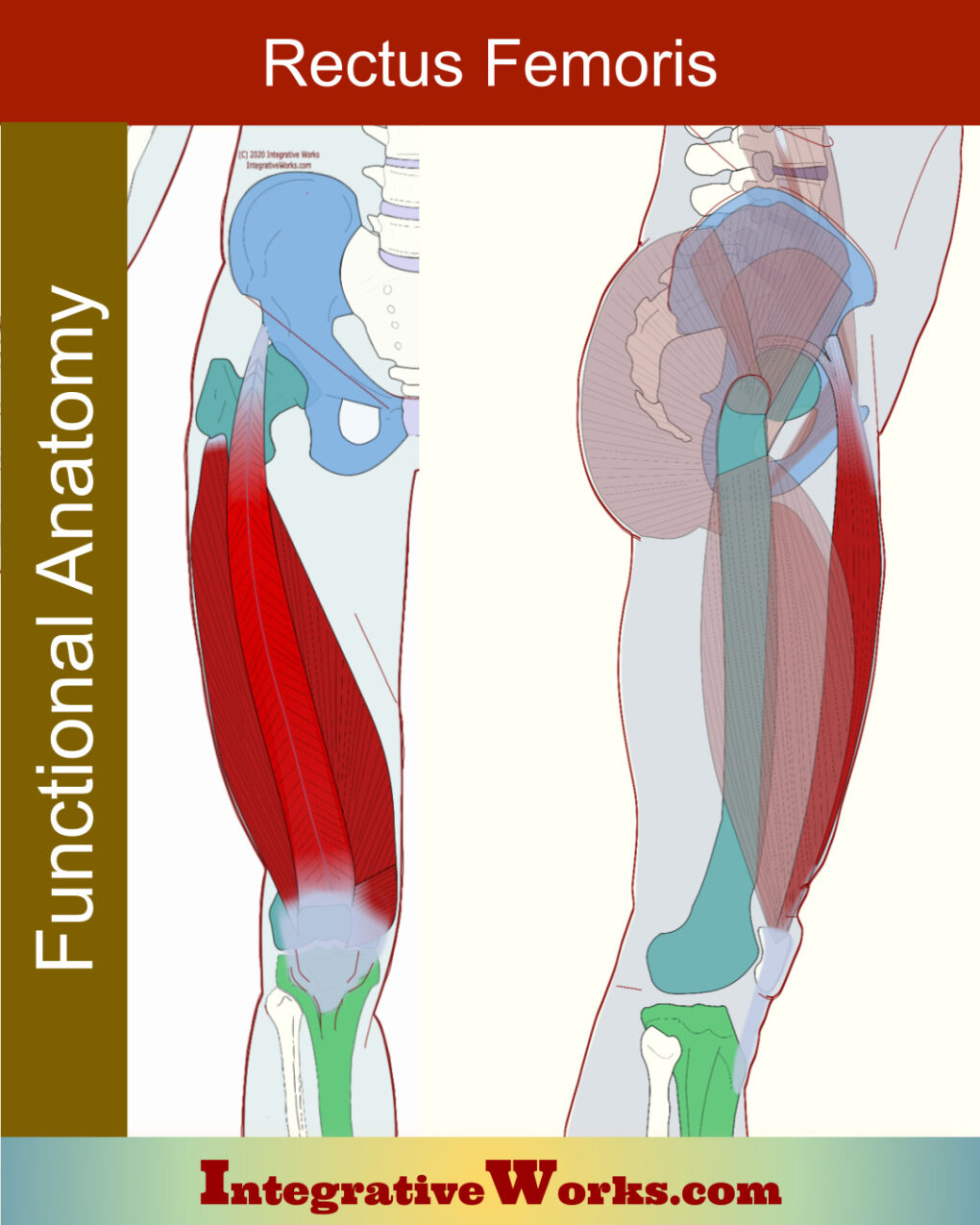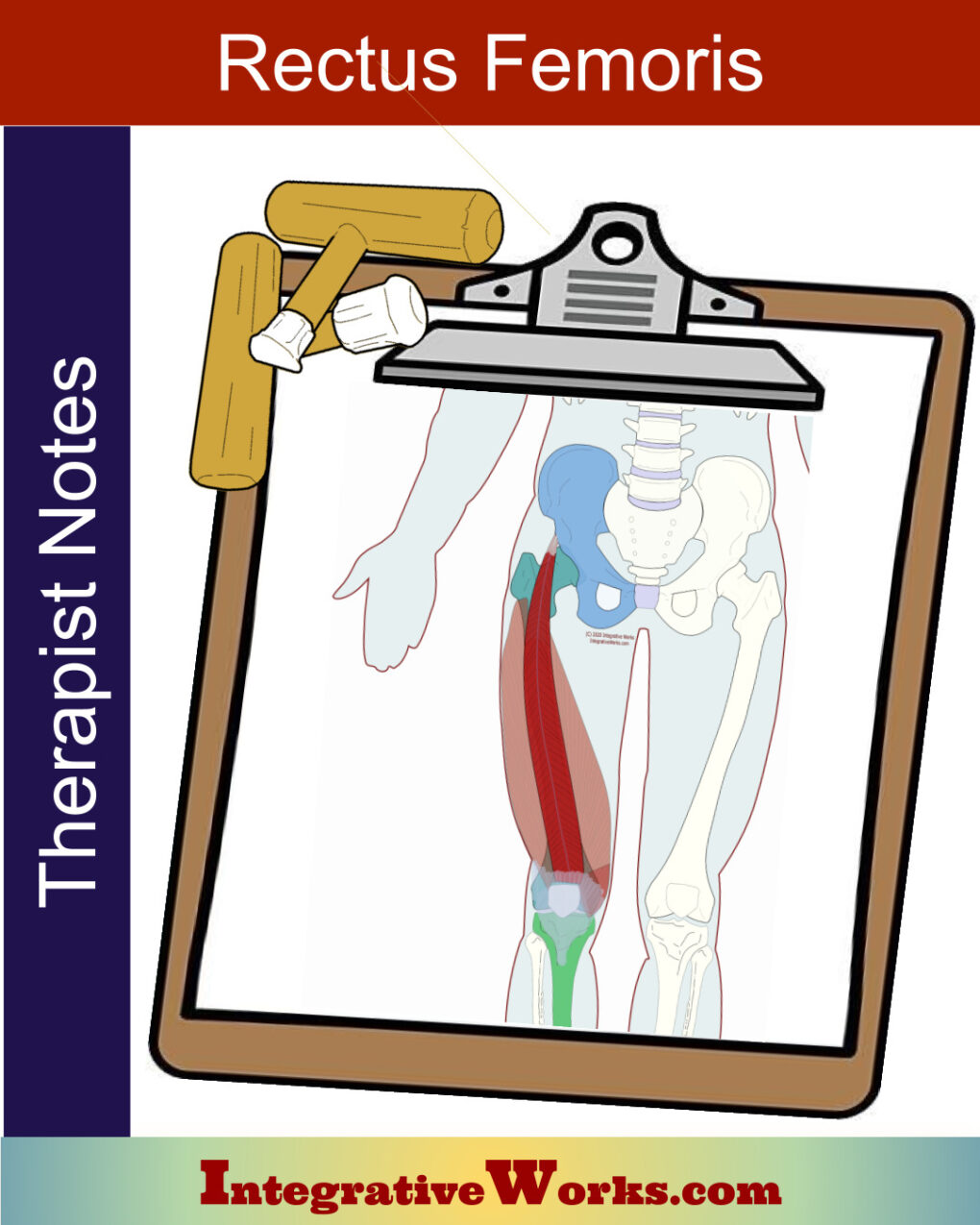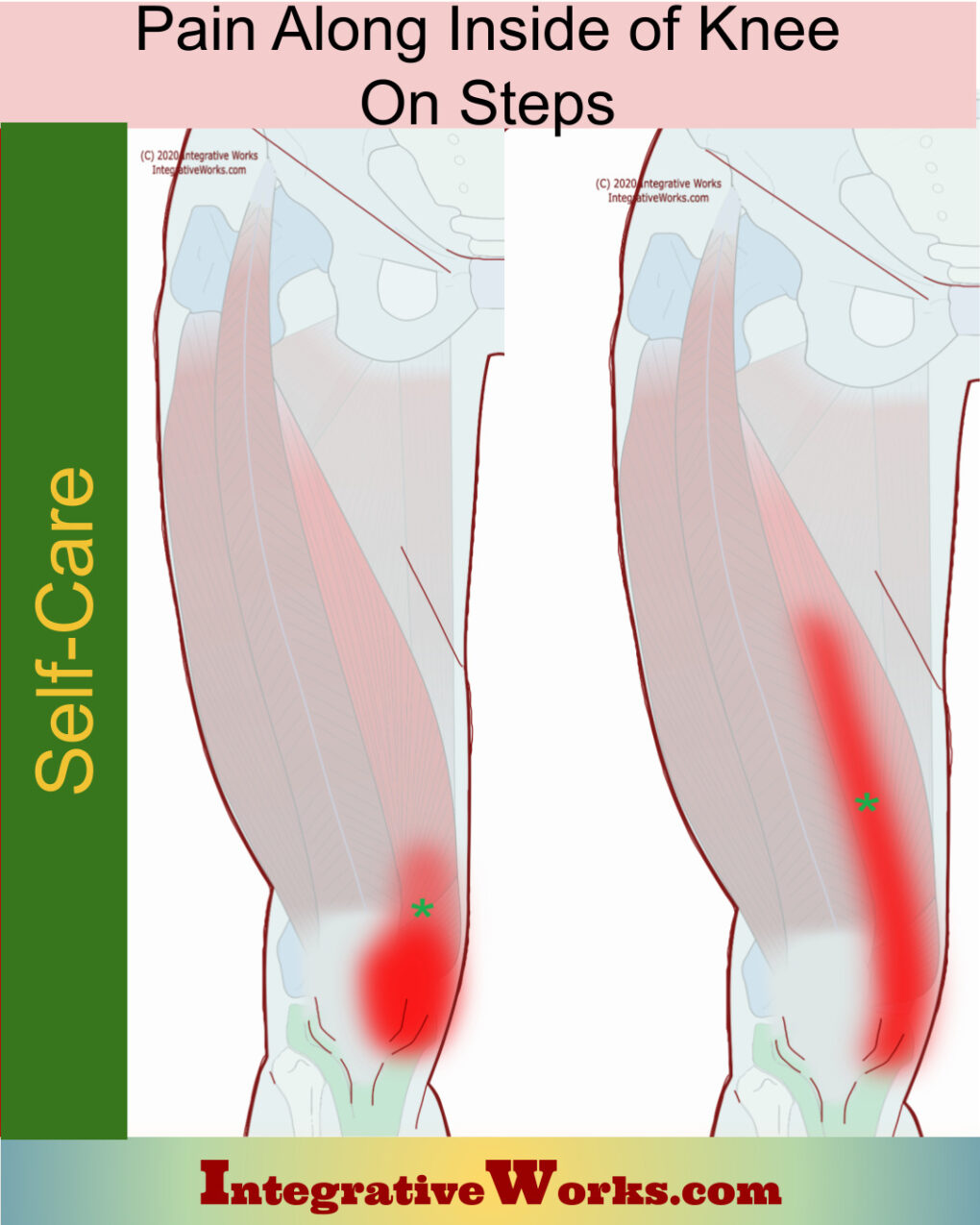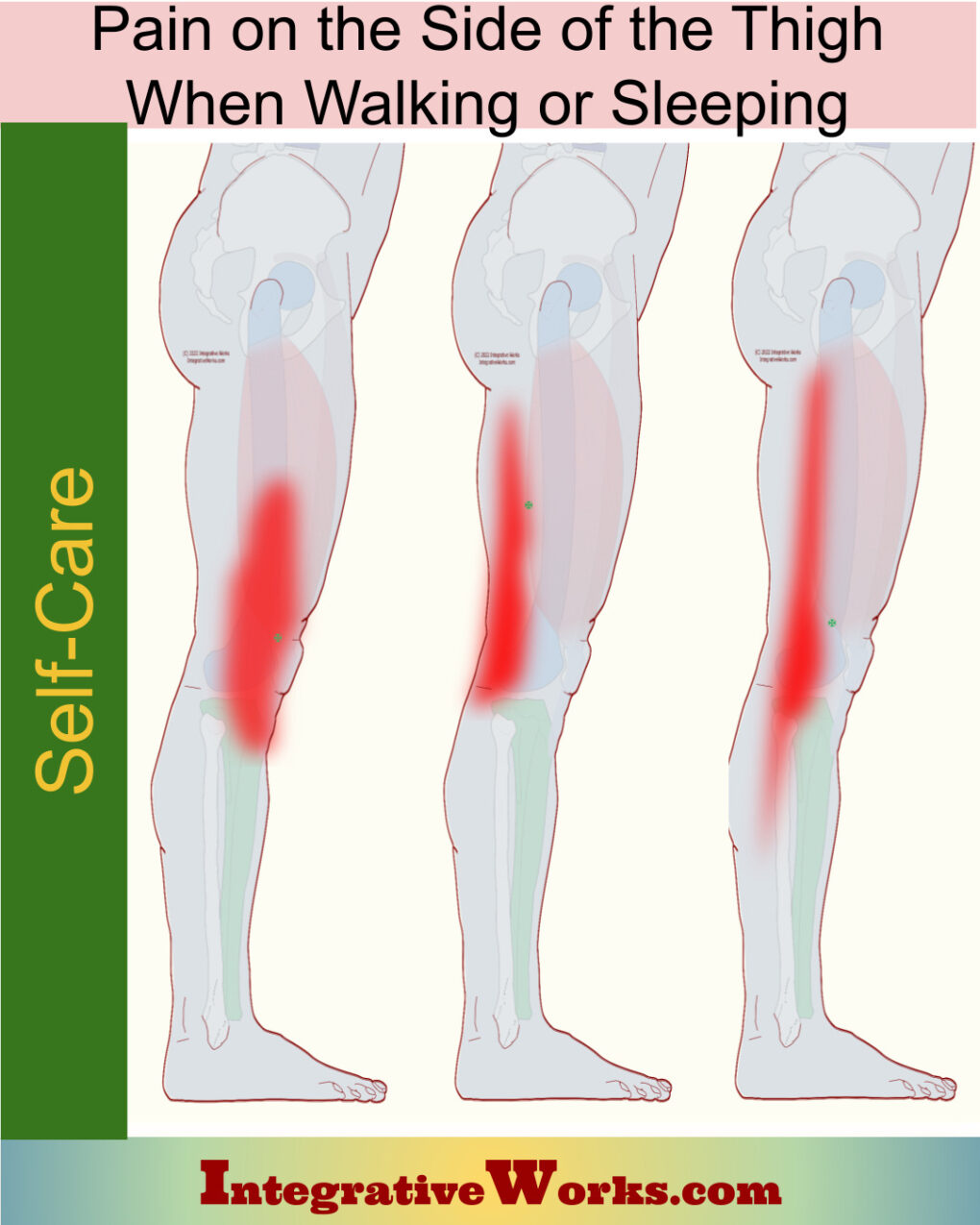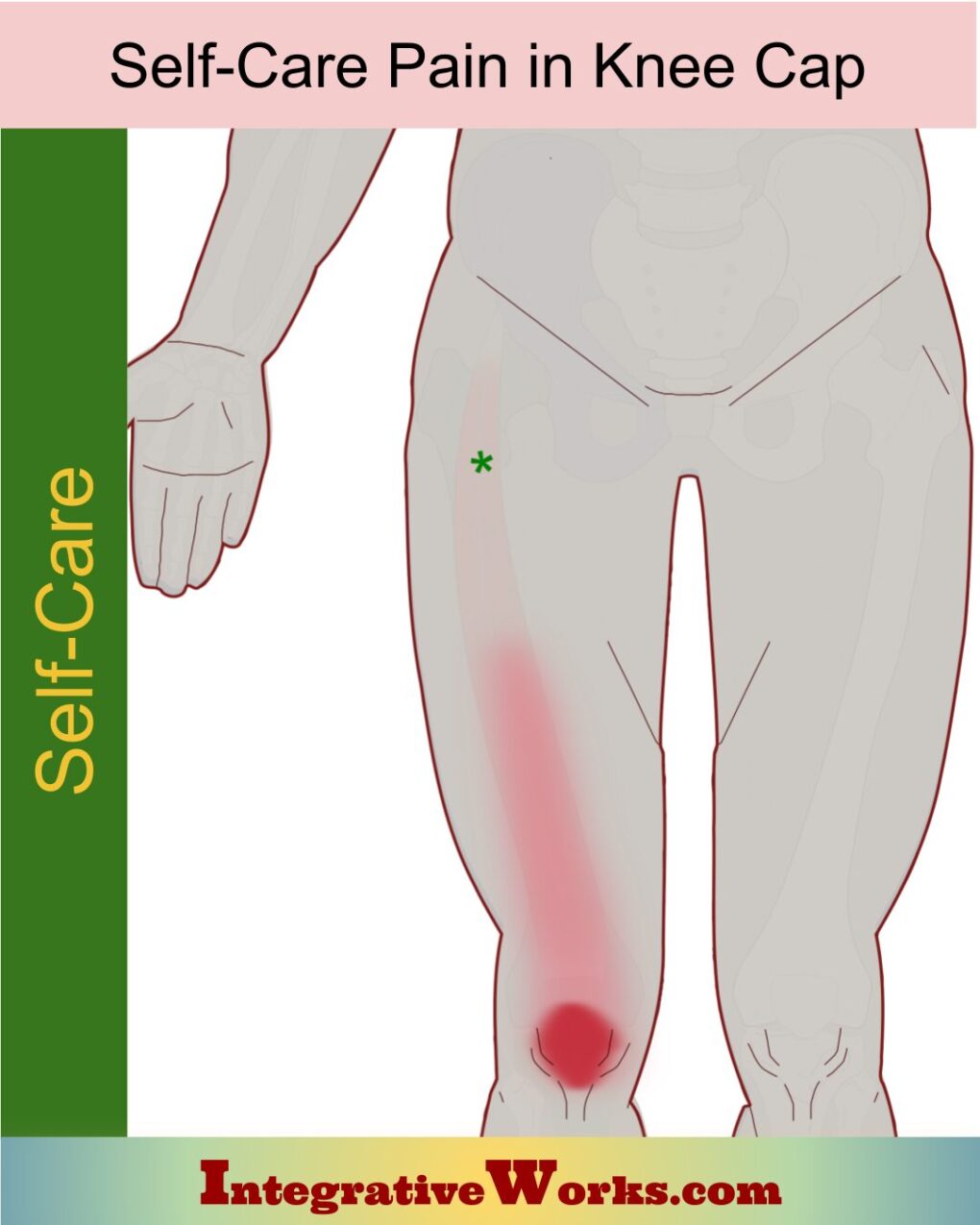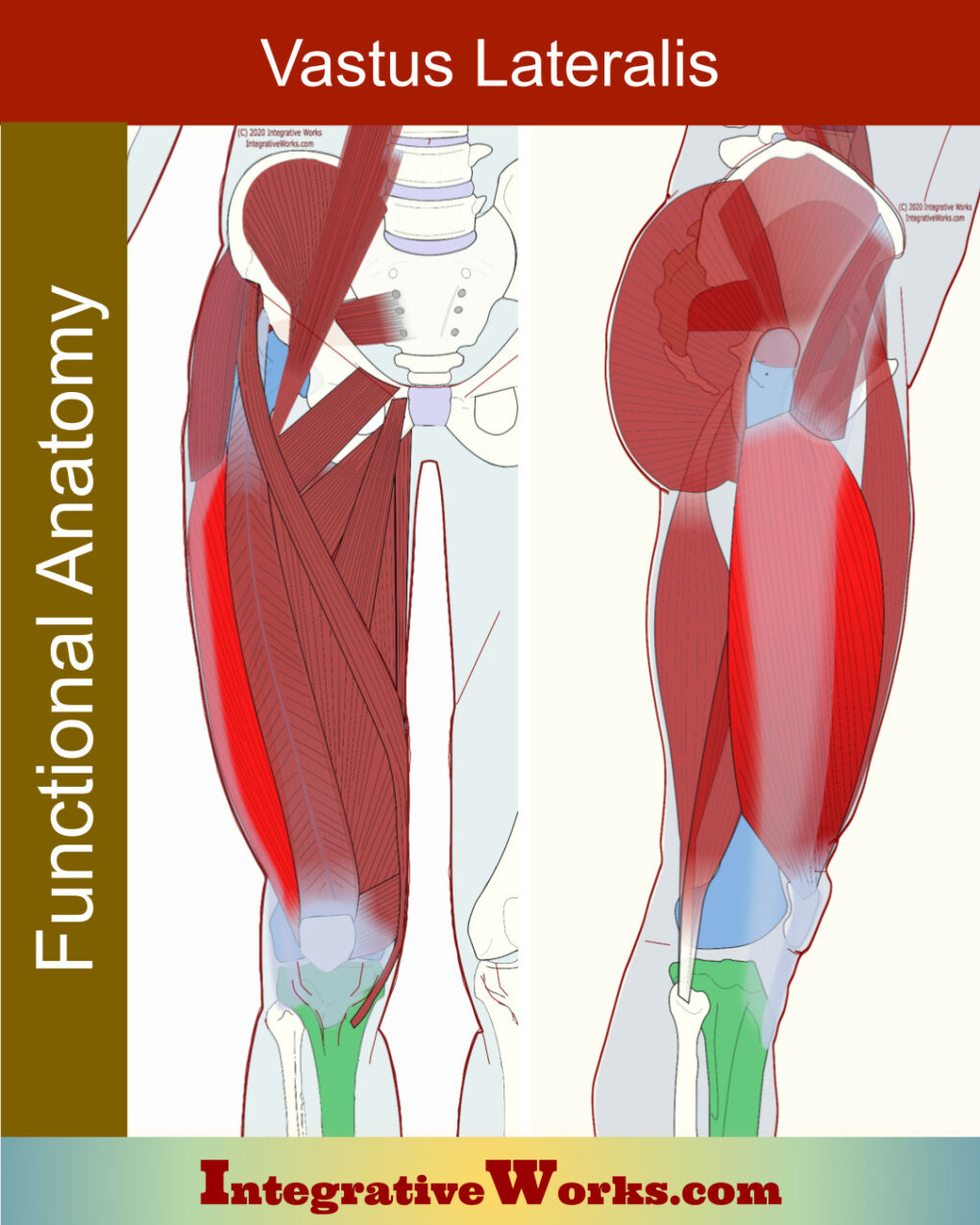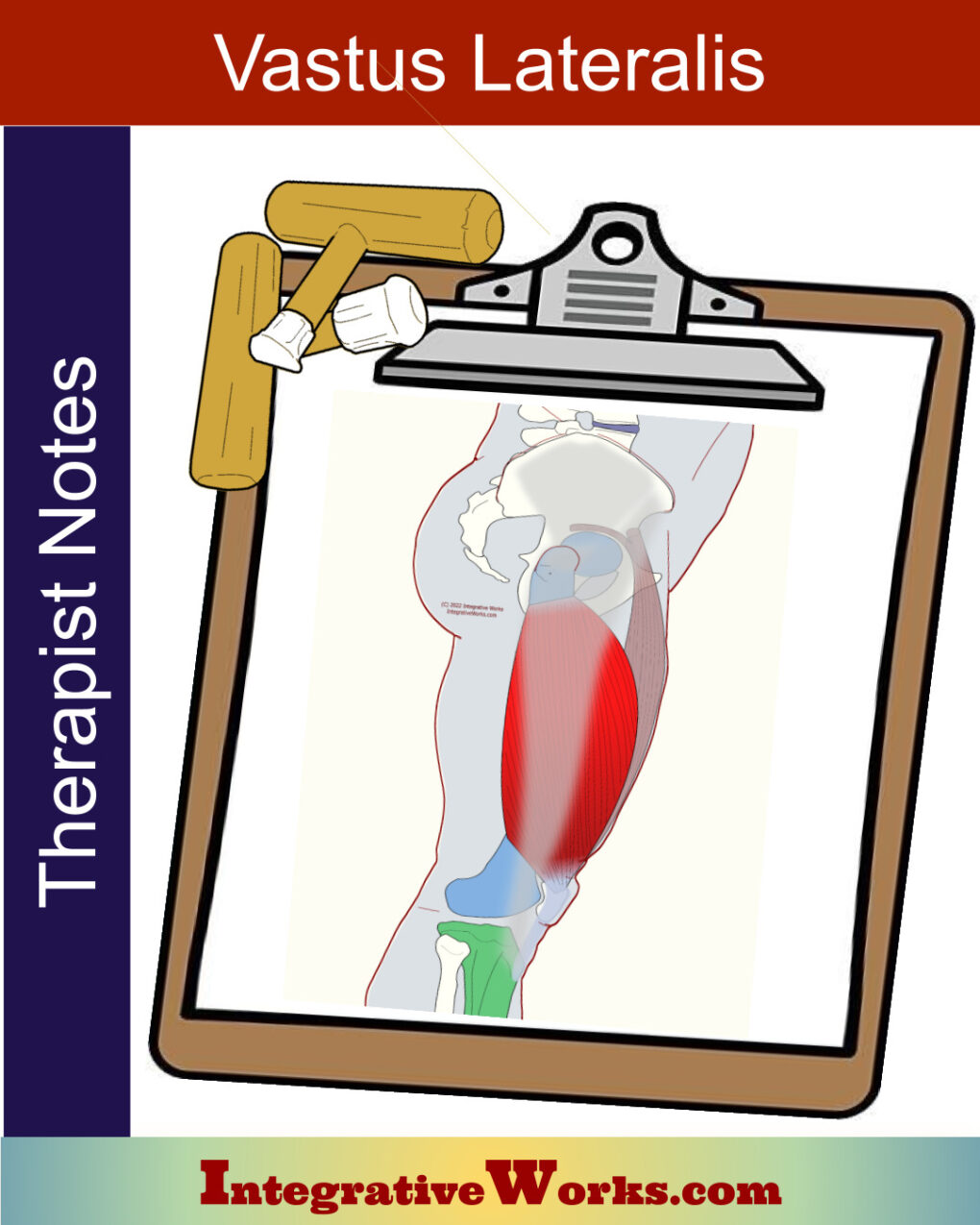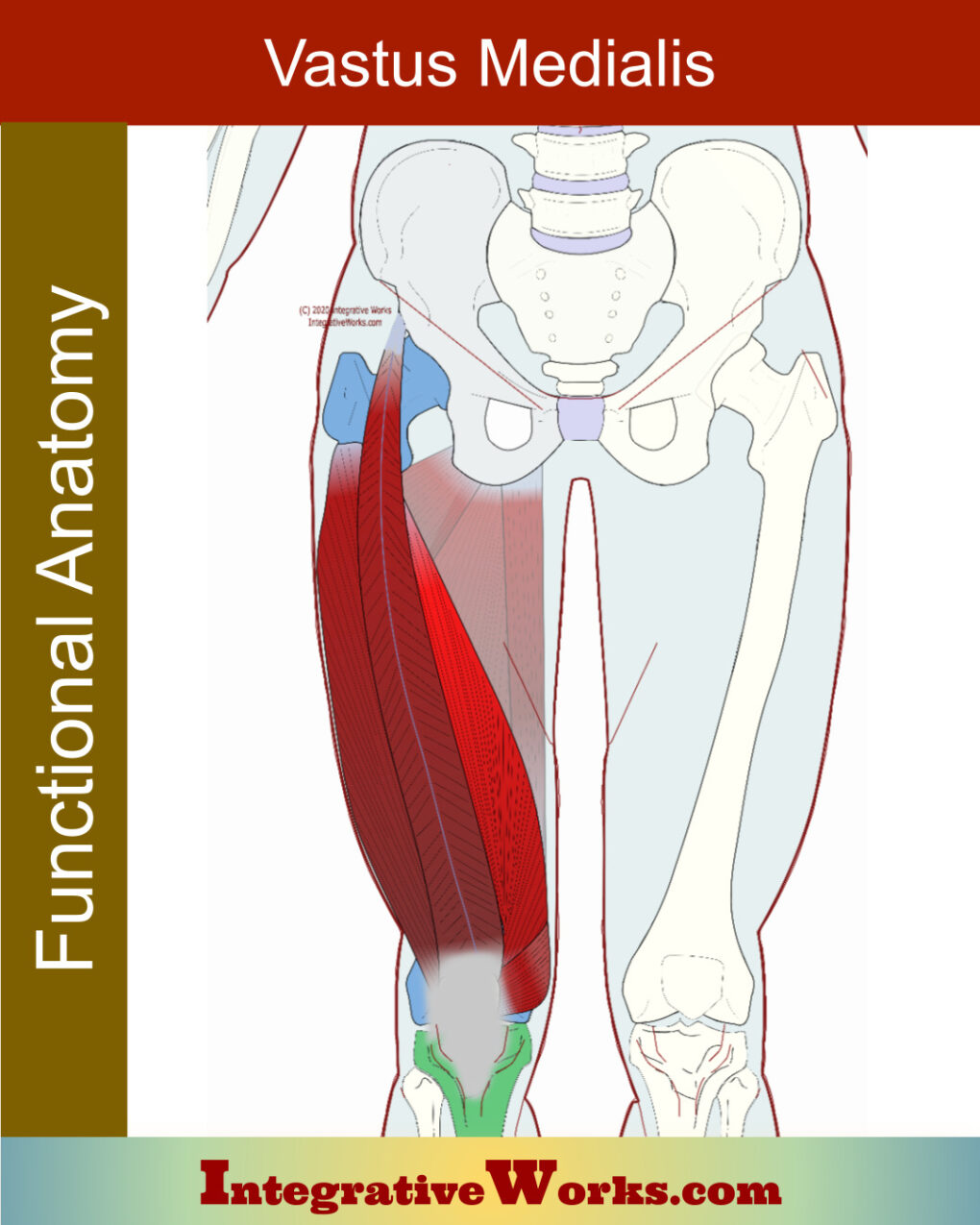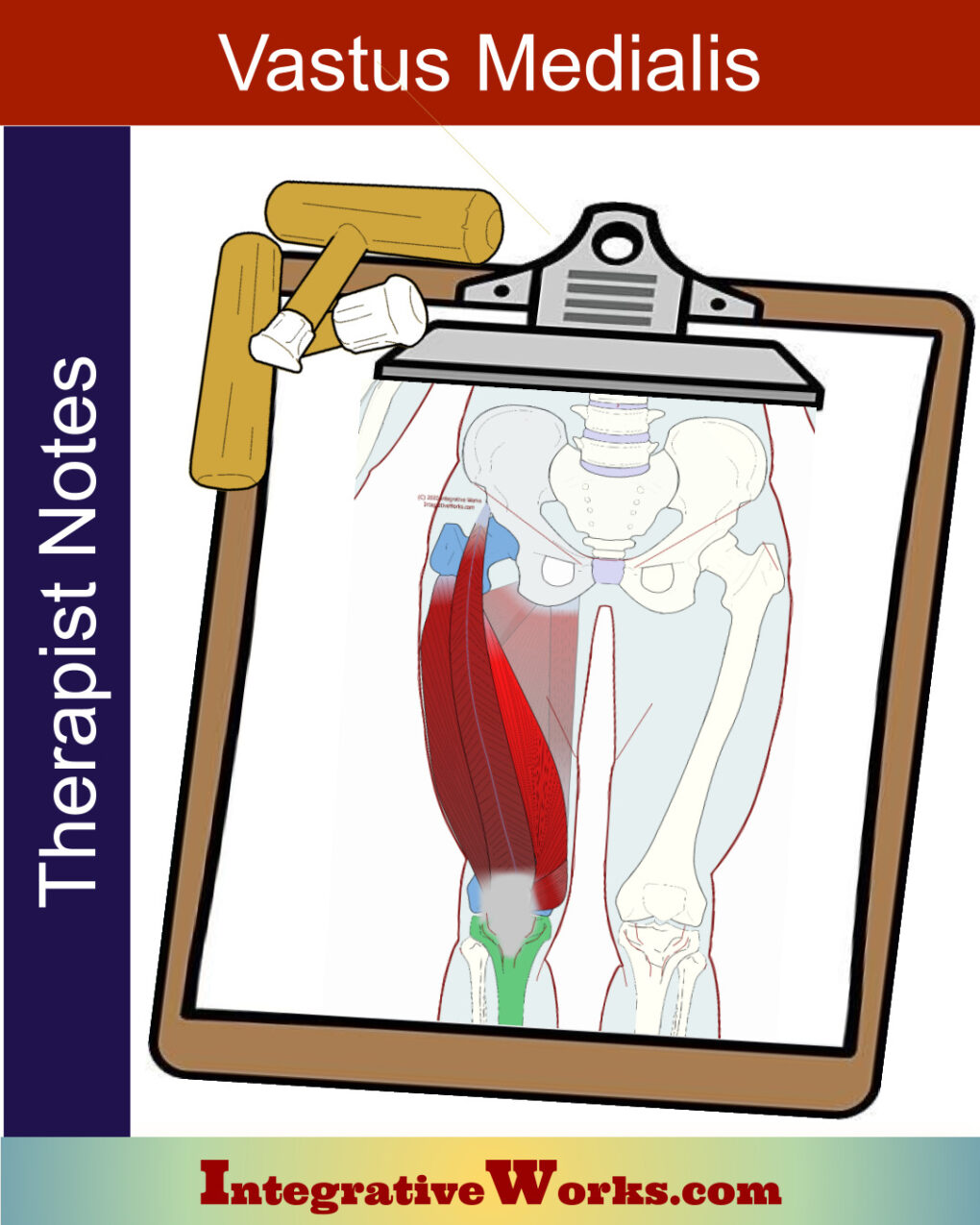Here you will find the anatomy of quadriceps muscles. This post includes links to more detailed anatomy of each muscle, trigger points, self-care, massage notes, and more.
This post was created before all heads’ posts were completed. This allows a central place to find quadriceps info. The other posts will be finished shortly…
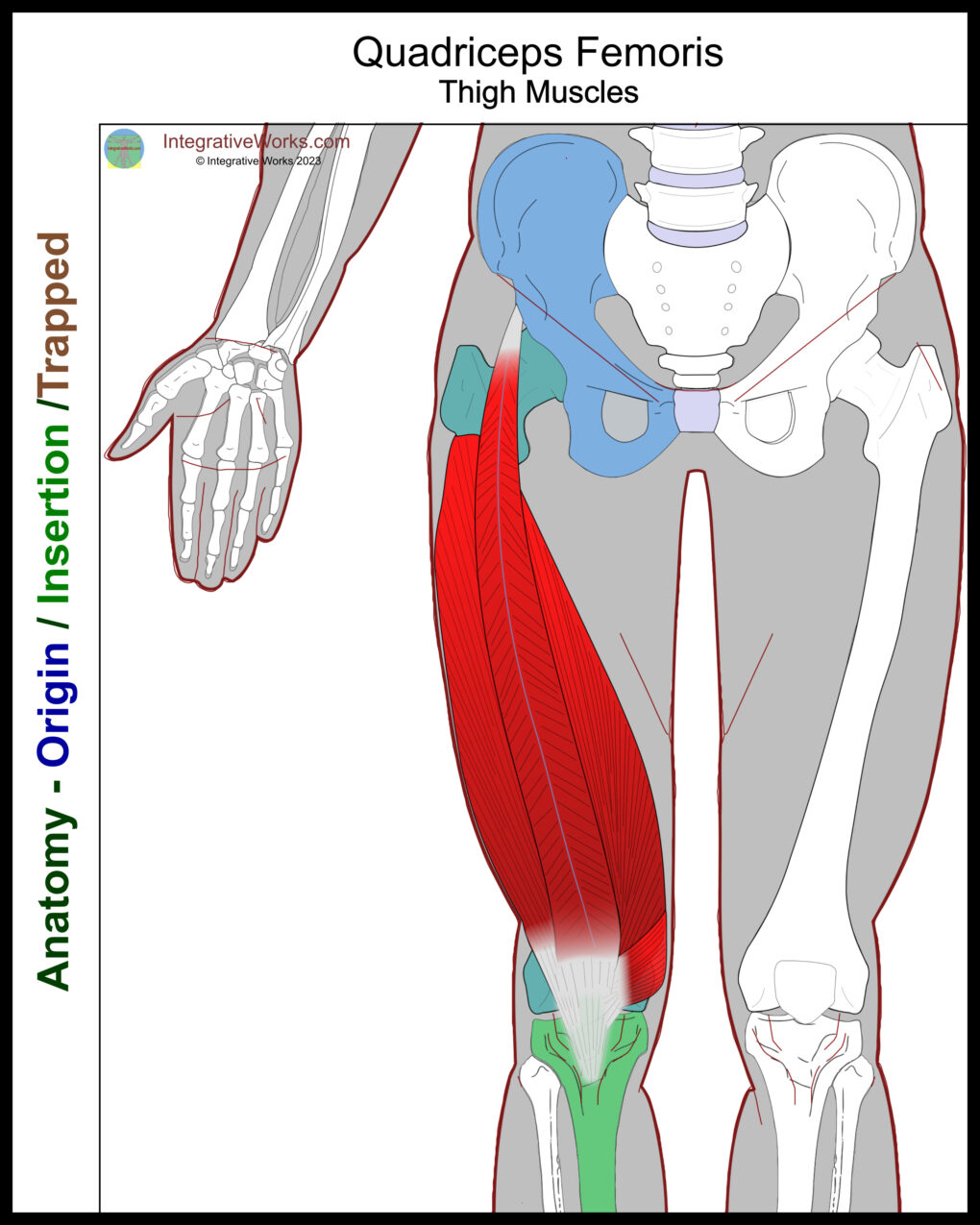
Overview
The quadriceps (“four-heads”) is a muscle grouping on the anterior thigh. It compares the triceps brachii of the upper body in its structure. It has multiple heads which primarily extend the distal joint. One of the muscles crosses the proximal joint.
Origin
- shaft of the femur
- anterior inferior iliac spine of the os coxae
Insertion
- tuberosity of the tibia via the patellar ligament
Function
- extends the knee
- flexion of the hip
Innervation
- femoral nerve, L2-L4
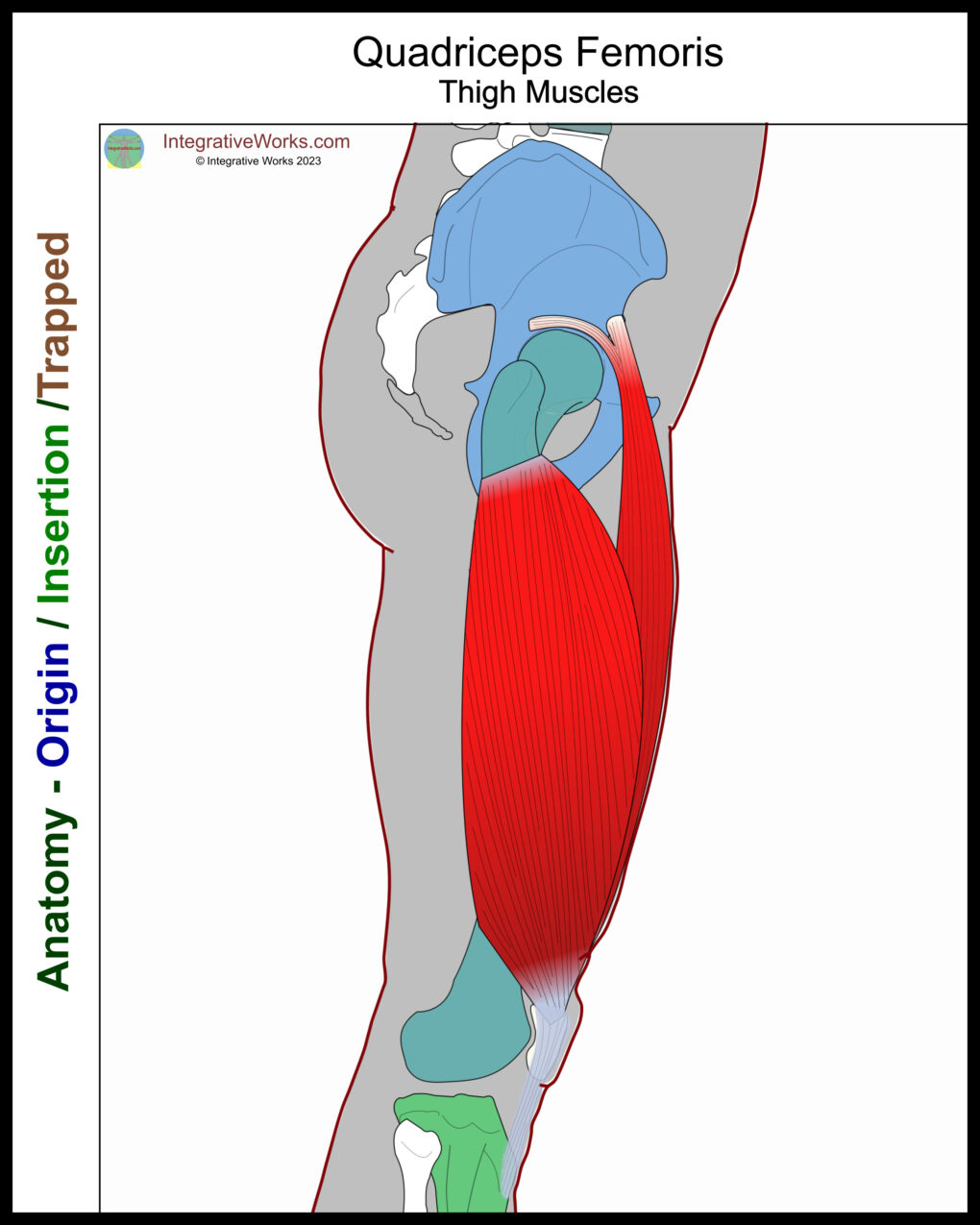
Functional Considerations
Quadriceps structurally compare to the triceps brachii. Multiple heads extend the distal joint. Also, one head spans the proximal joint.
- The vastus lateralis is the largest and most powerful muscle in the group.
- Several studies explore the role of rectus femoris in hip flexion. Notably, it seems most active in the motion of the “soccer kick.”
Anomalies, Etc.
Quadriceps have a high number of variations. However, most of these variations have little consequence on the overall structure and function.
For example, one study shows that vastus lateralis has additional heads in about 60% of cadavers. However, most of these heads are small slips near the distal end and have no real impact on function or pain.
Significant differences exist in how the heads fuse as they approach the distal attachment. At times, the heads are entirely separate. But, usually, one or more heads converge, at least partially.
Tensor Vasi Intermedius
A 2016 study found a separable slip in all 26 cadavers. This section originates on the anterior, inferior femur. Notably, it has a separate neurovascular feed. Consistently, it also has a separate insertion on the patella.
You can find details on these anomalies and related studies in the anatomy posts on each muscle.

